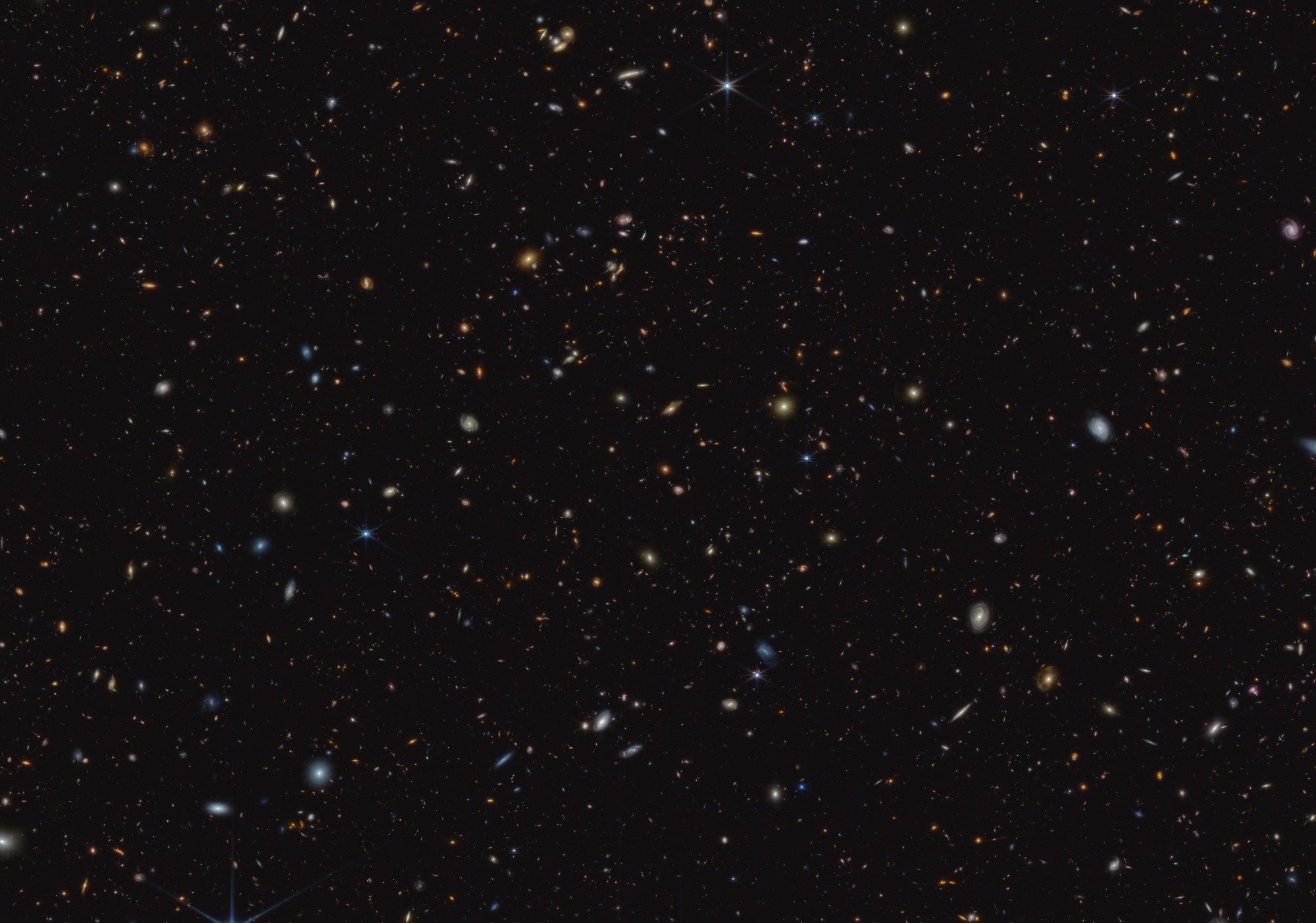The James Webb Space Telescope (JWST) has taken an image of more than 45,000 galaxies millions of light-years away from us. About 700 of them turned out to be new to scientists, as well as the youngest ever observed.
In fact, this is a well-known region of space and astronomers have been watching it for a long time, trying to find answers to questions about the formation of the Universe.

Previously, the earliest galaxies we could see looked just like little spots. Now it has turned out that some of them are actually extended objects with a visible structure.
The new galaxies are from 370 to 650 million years old. Thanks to their discovery, astronomers now know that in the early universe they were more turbulent than previously thought.
In addition, data from JWST indicate that it was a burst of hot massive star formation in young galaxies that could make the Universe "transparent". This allowed us to see the surrounding space as it is today. Before the era of reionization, as is known, the gas between galaxies was turbid.